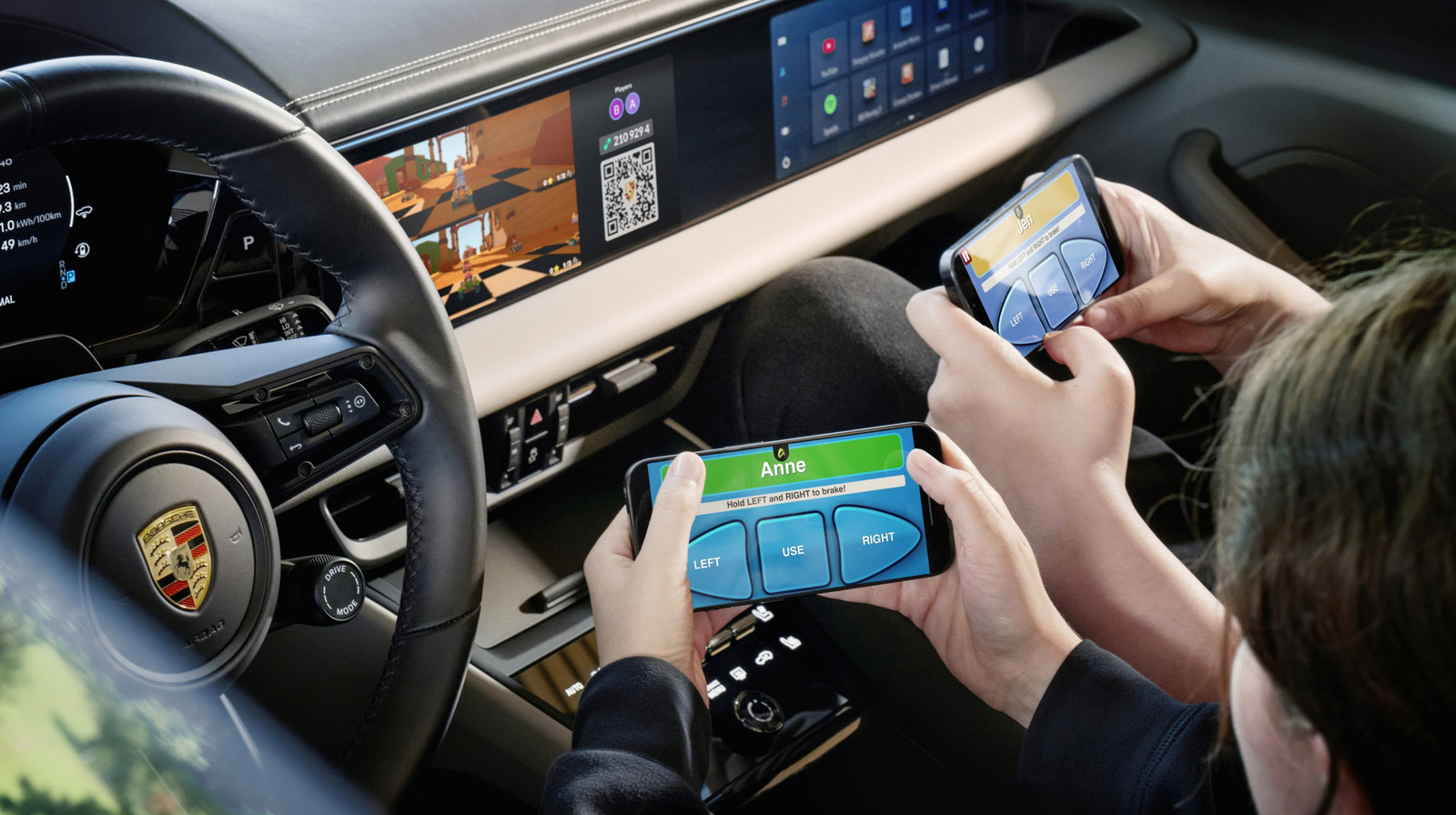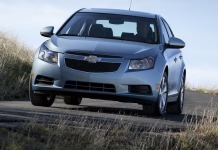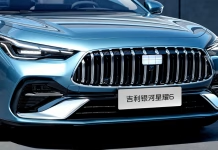Automakers Face Countdown as Tariff Deadlines Loom

2026 Lexus NX Debuts with More Hybrid Choices, Lower Plug-In Prices, and No Base...

Classic Cars Reimagined The Rise of Restomods

Florida Turns Traffic Stops Into Immigration Crackdown Amid Rising Tensions
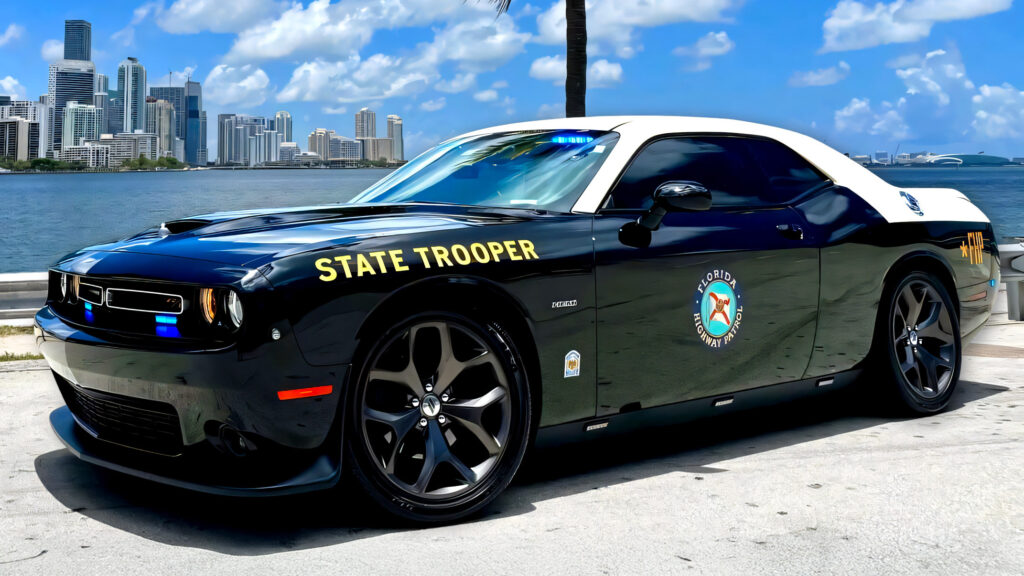
Best Rugged Car Upgrades for Replacing Your Chevy Cruze
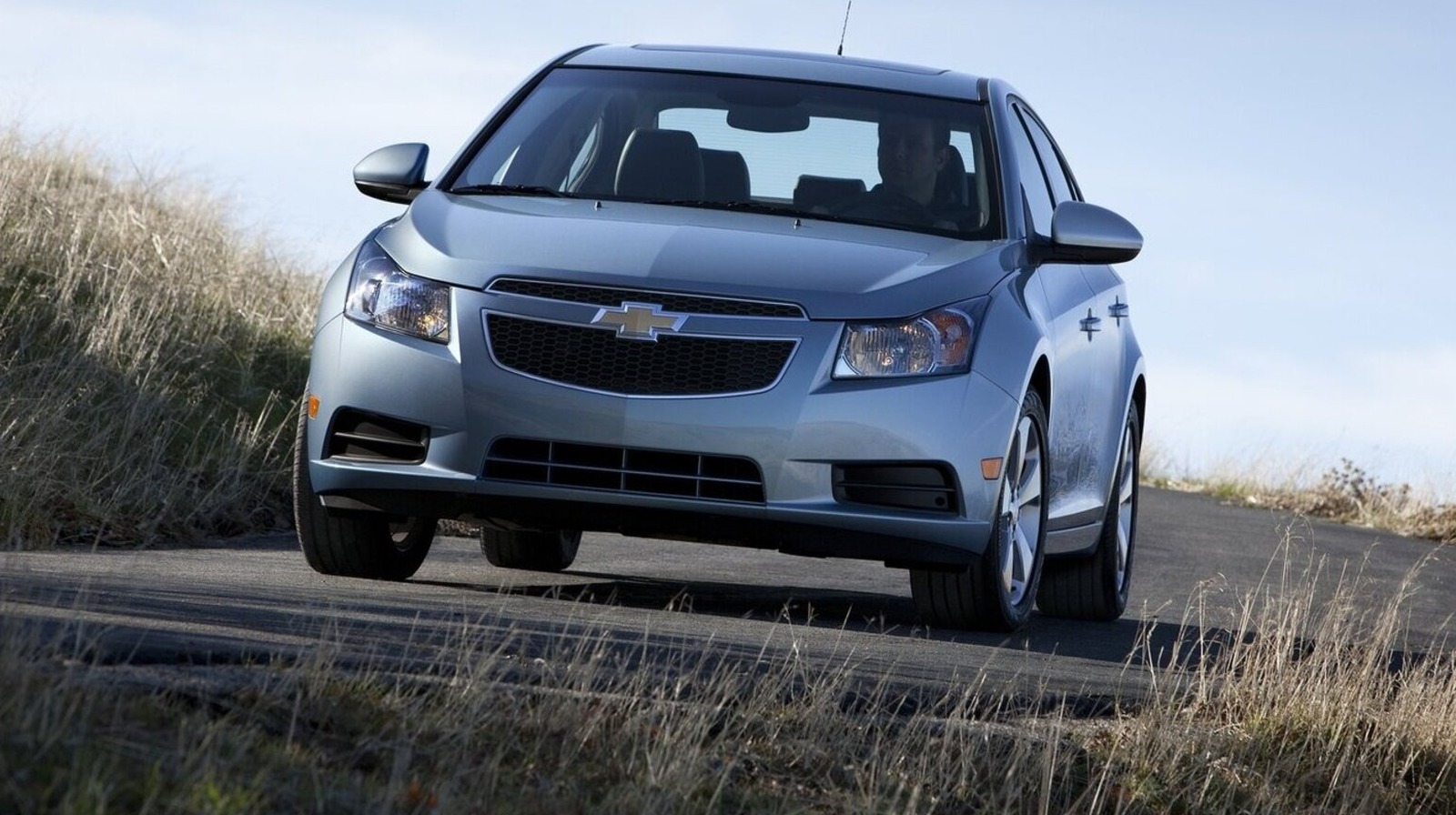
Tesla Model Y Performance Unleashed with 510 HP and Lightning Acceleration

IRS Extends Deadline for Expiring Tax Credit Offer—What EV Buyers Need to Know

Chery Shakes Up UK Car Market With Affordable SUVs and Plug In Hybrids Starting...

Tiggo 4 crossover will open Chery's UK range at around £20,000First Chery SUVs are UK's cheapest PHEV and seven-seater; £20k T-Cross rival and £40k-plus PHEV flagship are next
Chinese car maker Chery is targeting Volkswagen with the launch of its latest brand in the UK.
Looking to build on the success of its Omoda and Jaecoo sub-brands that have sold almost 20,000 cars between them in the UK this year with a rapidly increasing market share, Chery itself will now hit the market with its own-badged cars - positioned squarely to take on VW.
Launched to the UK at an event at the O2 in London, the Chery brand, which is said to be derived from the word ‘cheery’, will start with two models: the Tiggo 7 and Tiggo 8. The first cars from the initial 25 dealers will be with customers by the end of September.
The Chery Tiggo 7 is a petrol and plug-in hybrid mainstream family SUV that lines up against the likes of the Volkswagen Tiguan. Its main selling point is that it is the UK’s cheapest plug-in hybrid at £29,995, while the petrol version comes in £5000 cheaper at £24,995.
The Tiggo 8 is a larger seven-seat SUV that will be billed as the UK’s cheapest full-sized seven seater, starting from just over £28,500. A plug-in hybrid version will add £5000.
The Tiggo name is applied to SUVs in the Chery range but the brand is planning a full range of models across different body styles, ranging from around £20,000 to just under £50,000, according to Chery country manager Farrell Hsu.
Its range will start with C-segment Volkswagen Golf-sized models as it doesn’t see a market for smaller models in the UK at present, said product boss Oliver Lowe. Lowe did confirm that Chery, which started out as an engine maker in China in 1997 before making its first cars two years later, would offer a full range of powertrains, including electric cars, in addition to its initial petrol and plug-in hybrid offerings.
The next two models to launch in the UK will be the entry-level and 1.6-litre petrol-only Tiggo 4 crossover (above), likely priced from around £20,000, and a range-topping Tiggo 9 (below) that will be a flagship for the brand and come in at over £40,000 with a plug-in hybrid drivetrain. Both these models were on display at the O2 event alongside the Tiggo 7 and Tiggo 8 models.

Chery UK CEO Gary Lan said the Chery brand saw a big opportunity for a value player in the UK. “If you look at the percentage of cars available below £40,000 in the UK, that has shrunk dramatically in the past few years. But the desire for those cars hasn’t.”
Lan added that the UK launch had been the result of 20 years of preparation in ensuring the company could build cars to the “higher standards of regulation, quality, durability, reliability” and have strong residual values.
Repeating a pledge made earlier this year, Lan said Chery group was open to domestic production in the UK longer term but it would be a “long journey” that would first require the brand to make more vehicles to a UK specification and then build up a UK engineering and homologation base before any production facility followed.
No date was put on when such a manufacturing base might appear, Lan confirmed, but Hsu confirmed that planning for the R&D centre in the UK was already in the works.
Hsu said a further focus on the UK from Chery was because it was an “open market” and “UK customers have a very high acceptance to new brands”. Lan added that it was “a dream” to get recognition from UK customers and media for any brand.
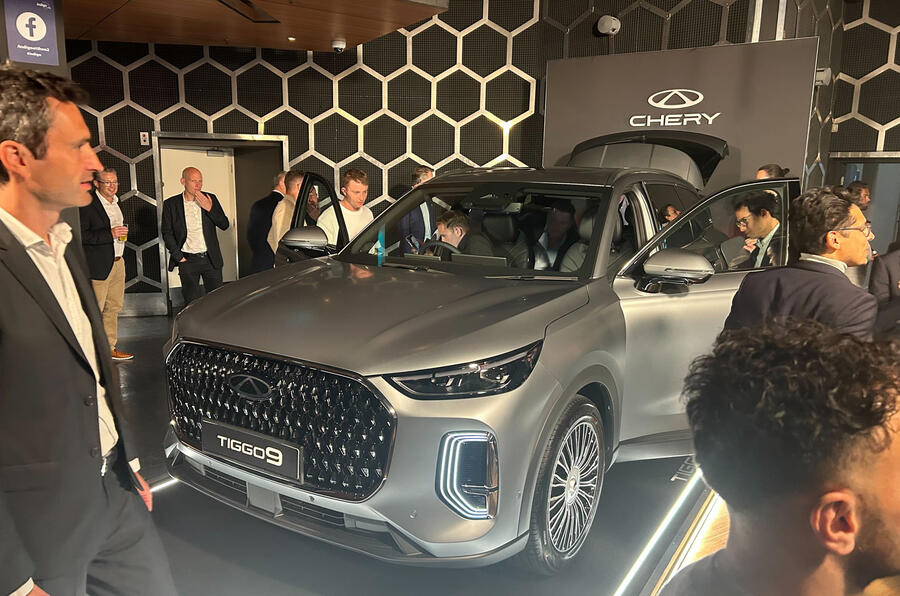
Rather than utilise the existing dealer network quickly established with Omoda and Jaecoo, which currently stands at around 80 sites, Chery sites will be standalone and will be kept separate from Omoda/Jaecoo and initially with different regional coverage to ensure the brands don’t compete while being established.
Among the retail partners for Chery are Sytner Group, the first time Sytner has worked with a Chinese brand.
“The news is getting out about how profitable our [Omoda and Jaecoo] dealers are, and that’s not something dealers have been doing recently," said Lowe. "That’s created a real buzz around the brands and brought many new inquiries from groups that want to sell our cars.”
The plan is for Chery to get to 120 dealers in the UK by the end of 2026.
Lowe said that profitability was based around the fact that its non-electric cars did not need any discounts or deposit contributions and profitability was already baked in. “That’s something we committed to CAP early on,” Lowe said, in order to help residual values. The lack of retail demand for EVs made them a separate case, Lowe added.
“Our prices won’t fluctuate so that residual value will stay solid. And in our competitor set, while others are always increasing prices, we hope to be more competitive over time [by staying the same].”
Geely Galaxy Star 6 Debuts in China With Bold Hybrid Style and Familiar Luxury...
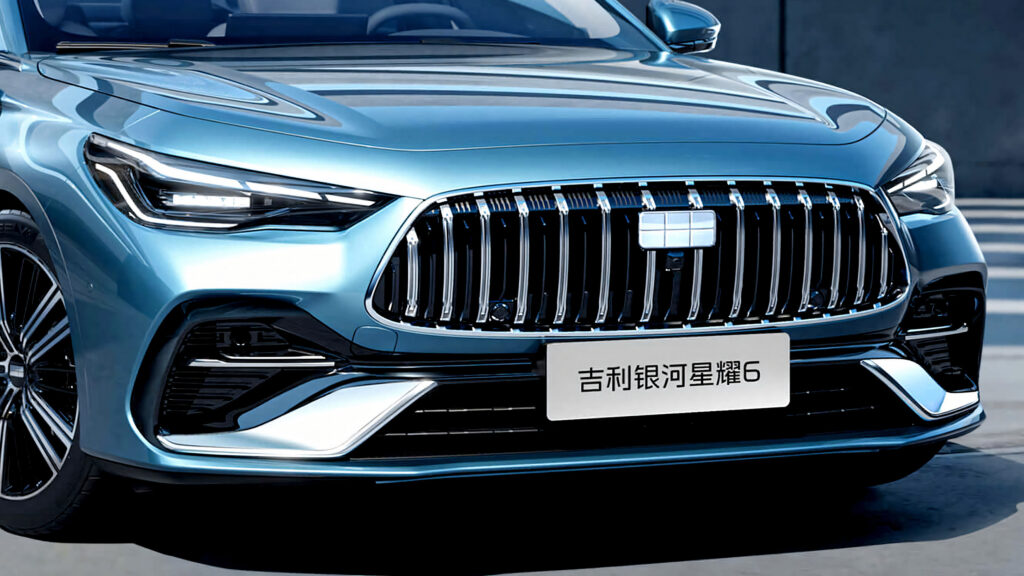
2026 Porsche Macan EV Unveils Next-Level Digital Features and Enhanced Towing Power
